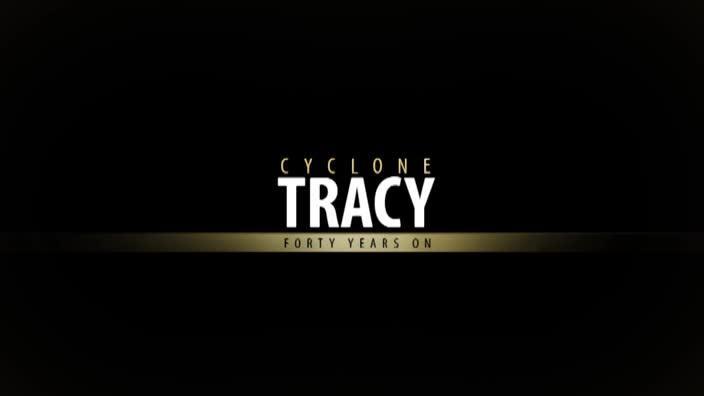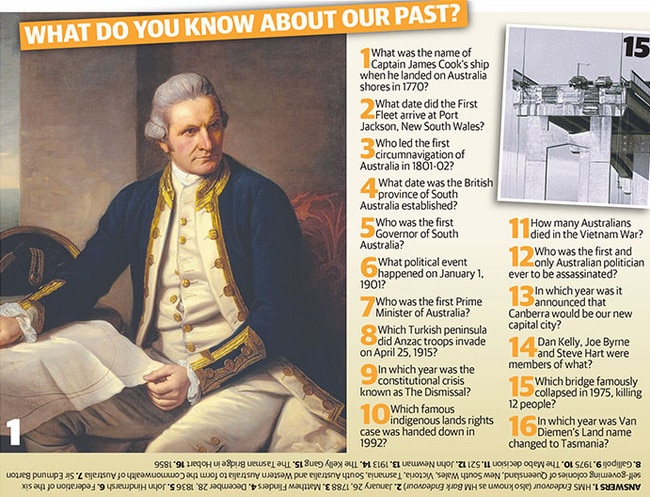Australian history dumped as SACE Year 12 subject from 2018, incorporated into modern history
AUSTRALIAN history will be a thing of the past for SA Year 12s from next year. Why is this so and what are the options for students still interested? What do you think — VOTE NOW
- HEAPS GOOD HISTORY: Our new podcast
- ANZAC LIVE: Incredible stories of heroism and suffering from WWI
- Meet SA’s most inspiring SACE students
- More than a third of high school students fail to get their SACE
AUSTRALIAN history will soon be extinct as a Year 12 subject, after suffering a decline in student interest.
It will be dumped as a stand-alone SACE Year 12 subject from next year.
Dwindling enrolments have consigned it to the dustbin of history as student numbers dropped from 339 in 2004 to 109 in the first year of the revamped SACE in 2011, to just 24 last year.
Only three schools ran the subject in 2016 — Mt Gambier High School, Coomandook Area School and an independent school.
While the SACE board could not confirm this year’s enrolments, Coomandook told the Sunday Mail it had no takers this year.
Current Australian history students must do a “thematic study”, a “depth study” and an essay.
Topics they can choose include the indigenous experience of colonialism and the histories of primary industries, foreign policy, migration, women in Australia, wartime, and economic booms and busts.
Specific topics on South Australia and the Northern Territory histories are also available.

From next year, elements of Australian history will be incorporated into the much more popular modern history Year 12 subject — which had 1395 students last year — but they will be optional.
The move comes seven years after the scrapping of the Year 11 Australian studies subject, which had a strong historical focus and was compulsory for all students.
SACE board chief executive Dr Neil McGoran acknowledged the “extremely low” enrolments in Year 12 Australian history.
“Despite all the efforts to make Australian history more engaging for students, they aren’t connecting with the subject,” he said.

“With the focus on Australian history in the Years 8-10 Australian Curriculum, students come to the senior years having already learnt about some key aspects of Australian history. Rather than remove Australian history from the curriculum, the SACE board wanted to preserve the opportunity for schools to offer this focus through modern history, which is offered by a wider range of schools.”
Dr McGoran said Australian topics were listed first on the subject outline for modern history in 2018 “to draw attention to the opportunity to study Australian history”.
History Teachers’ Association of SA president Paul Foley said our national history had a “positive future” in schools, in “an era where SA students will have studied more Australian history (from Reception to Year 10) than previously”.
“In addition, the new senior SACE history curriculum provides a broad range of options for students to enjoy studying modern Australian history with all of its complexities and fascinating stories,” he said.
Apart from the Australian-specific topics within modern history, many other topics leant themselves to Australian perspectives, Mr Foley said.
The Education Department said all public schools taught Australian history with the four key areas being Aboriginal history, Australian democracy, the First Fleet and “Australian development”.
In Years 8-10 the focus was on Australia in its Asia-Pacific and global contexts.
